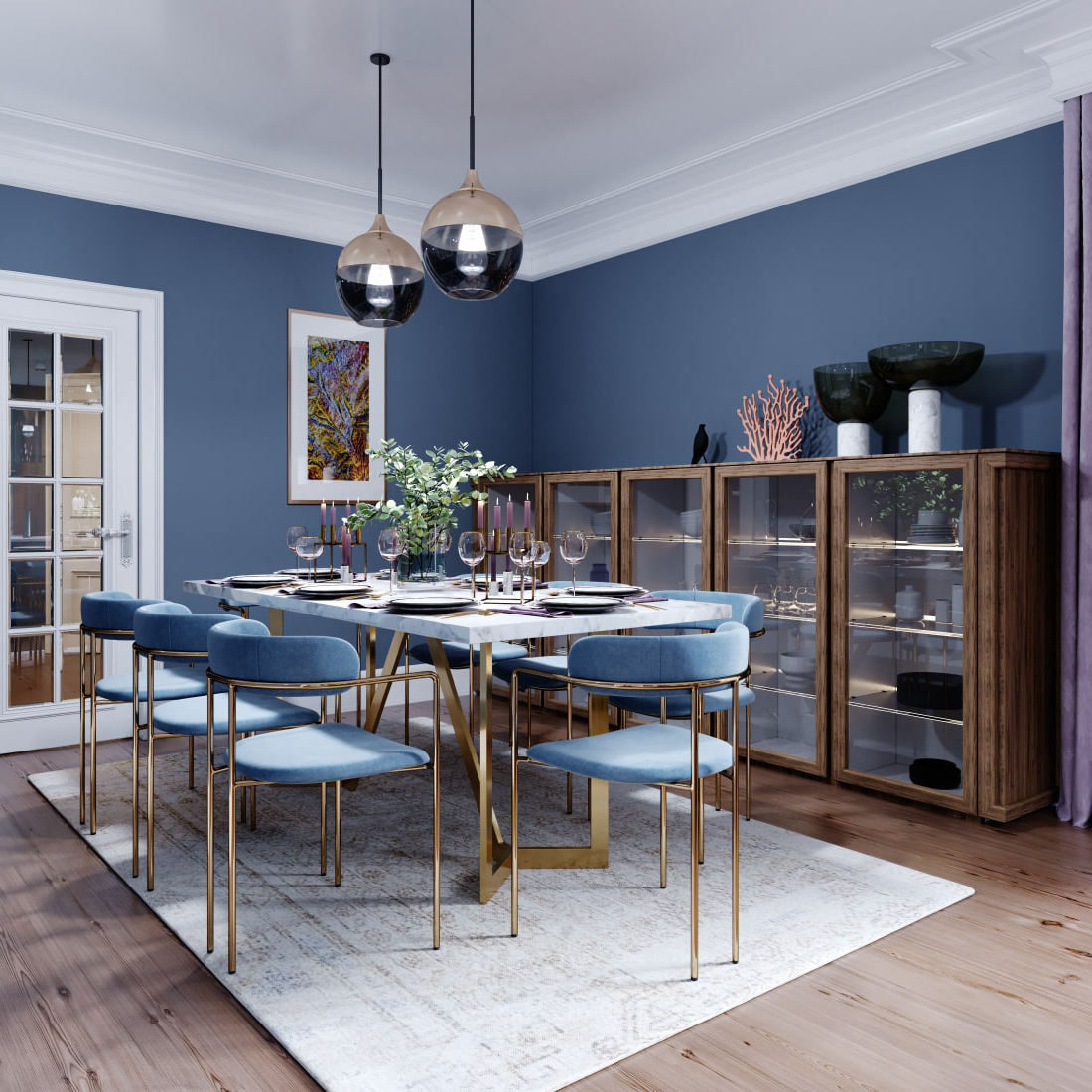When it comes to lighting design, few names are as revered as Serge Mouille. Known for his innovative and sculptural fixtures, Mouille’s work has enchanted design enthusiasts for decades. His 3-arm ceiling lamp is a prime example of his mastery of form and function, blending elements of classic and modern design to create a piece that is both timeless and contemporary.
The Background
Serge Mouille was born in Paris in 1922, and started his career as a metalworker. His talent for shaping and bending metal soon caught the attention of several prominent artists, including Jean Prouvé and Le Corbusier. In the 1950s, Mouille began designing his own lighting fixtures, and quickly gained recognition for his unique and inventive approach.
The 3-arm ceiling lamp was one of Mouille’s most iconic designs. First introduced in the late 1950s, the lamp quickly became a staple of modernist interiors, prized for its elegant and minimalist aesthetic. Today, the lamp remains just as popular, with collectors and design enthusiasts alike eager to add it to their collections.
The Design
The 3-arm ceiling lamp is a study in balance and proportion. At its core is a central hub, from which three gracefully arched arms extend outward. Each arm terminates in a metal cone, which houses a bulb and can be tilted and rotated to direct light where it is needed.
What sets the 3-arm ceiling lamp apart from other fixtures is its use of negative space. The spaces between the arms and the central hub create a dynamic visual tension, while also allowing the lamp to project light in multiple directions. The result is a fixture that is both sculptural and functional, a hallmark of Serge Mouille’s design philosophy.
The Materials
Mouille’s lamps are known for their use of high-quality materials, and the 3-arm ceiling lamp is no exception. The arms and hub are crafted from solid brass, a durable and elegant material that develops a rich patina over time. The cones are made from aluminum, a lightweight metal that is easy to shape and provides a sleek counterpoint to the warm tones of the brass.

